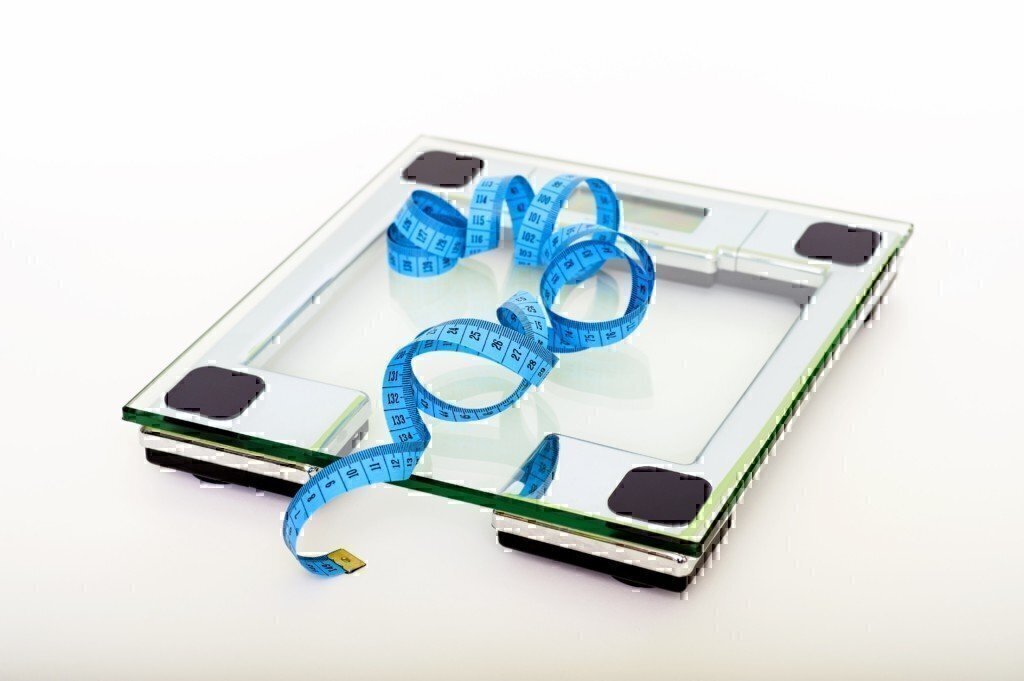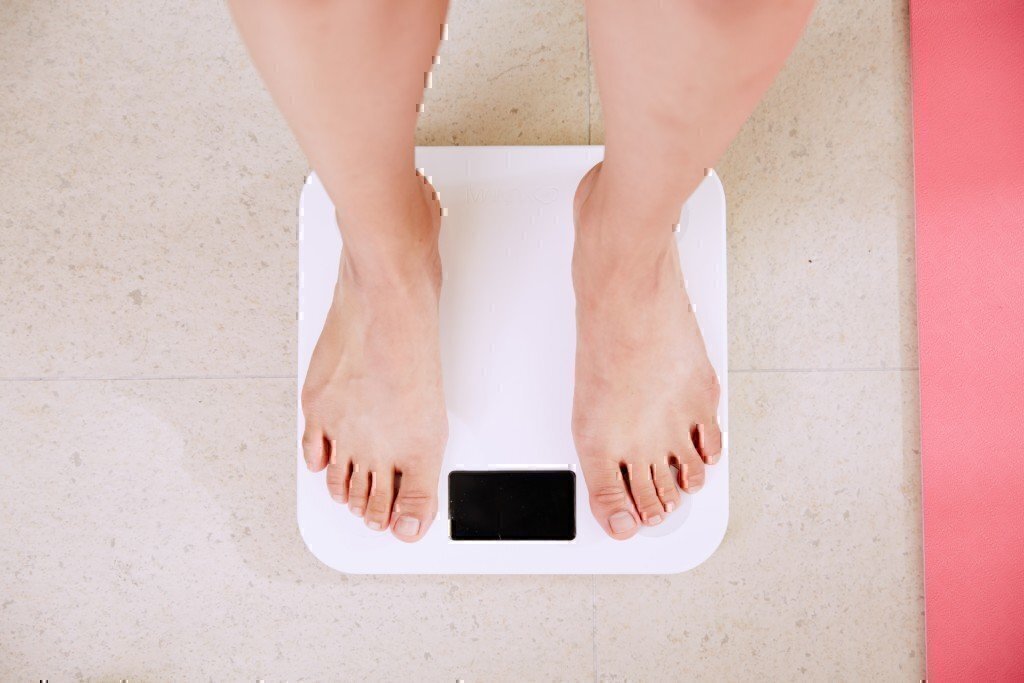SPONSORED
In my earlier article, Macros 101, I broke down my method for designing a customized diet specific to your needs and goals. As I explained there, before you even calculate your macronutrient targets it’s best to get a sense of what your current dietary intake is like.
This gives you a good frame of reference when starting out, especially where carbs are concerned. That’s where meal tracking comes in. In this article, I’ll explore the topic of tracking your macros more in-depth, including why this practice is essential to your progress, and offer some basic do’s and don’ts that will help make meal tracking easier.
Is Tracking Really Worth the Effort?
The idea of counting calories is as old as dieting itself. However, as research into the impacts of differing macronutrient ratios has shown, it’s the macros that matter most. This is part of why overall meal tracking is so critical. It isn’t enough to tally total calories; for optimal results, you want to know exactly how many grams of protein, fat, and carbs you’re getting each day.

Beyond that, however, there are inherent benefits to keeping a food journal in addition to the way it can help you manage your macros. Studies have shown the simple act of tracking meals can have a positive effect on body composition, even when participants weren’t following a particular diet. The ability to see your day’s intake laid out helps you to be more aware you are of what your actual diet looks like, and the more likely you are to make healthier choices.
Meal Tracking 101
Now that you understand the “why” of meal tracking, it’s time to go over the “how.” Luckily, there are a number of methods you can use, and choosing the one you like best can go a long way toward ensuring your success. Studies have shown that something as little as opting for your preferred tracking method can have a significant impact on the likelihood of not only maintaining your food journal but finding better success toward achieving your goal.
The simplest way to track meals is with pen and paper. You can find food diaries or journals, or just use a notebook. The downside to this is that, in addition to measuring all of your ingredients and portions using measuring utensils and a food scale, you’ll need to refer to nutrition panels to get the actual information. A better alternative is to use a food tracking app like MyFitnessPal, which not only has listings for most common brands and even generic ingredient listings based on USDA data, but it also features a barcode scanner that enables you to point, click, and track with ease.
For those still serving, this database is a handy guide to the nutritional content of common DFAC offerings.
The Do’s and Don’ts of Meal Tracking
Below, you’ll find some basic advice on how best to go about tracking your meals. The key takeaway here is that it’s important to be consistent with your diet, but don’t let yourself become too obsessed about it. The goal is to work toward a healthier life, not drive yourself crazy. With enough practice, you’ll find that tracking your meals can become a natural, stress-free part of your day.
DO track consistently
This is probably a no-brainer, but it bears mentioning. Unless you’re literally eating the same thing day after day, you should be tracking your meals regularly. Research on the benefits of food diaries shows a direct connection between the frequency of days recorded and fat lost, with those tracking consistently losing as much as twice as much as those who did so only rarely.
Surprisingly, in one study those who fell in the middle—tracking on average just over half as often as more consistent subjects—actually lost less weight than those who only tracked rarely. Bottom line, if you want the results, it’s best to stay on top of your tracking.
DON’T obsess if you forget a meal or day
Another interesting takeaway from the aforementioned study is that the “consistent” group didn’t track every single day. In fact, on average they tracked only 66% of the time. What does this mean for you? While you’ll obviously get the most out of your efforts by tracking daily, you don’t have to do it religiously to still see results. So if you do happen to forget tracking a meal, you can either do your best to estimate its portions, or just make a point to remember in the future.

DO track accurately
This is another one you may think goes without saying, but you’d be surprised just how much of a difference accurate measuring can make. Being off by a little can matter a lot. For example, an ounce of chicken breast may not seem like much, but it contains up to 9 grams of protein. The difference between 1 and 2 tbsp of peanut butter is a whopping 8 grams of fat. If you’re not accurately measuring your ingredients or portions, those deviations can add up pretty quickly, throwing you well off target and keeping you from your goals. That being said…
DON’T be afraid to estimate if necessary
When you’re at home, measuring out each ingredient or portion is easy enough. But what about when you’re eating at a restaurant, or a friend’s? Dragging your digital scale around isn’t practical, and it’s sure to get you some funny looks as well. In those instances, it’s all right to take your best guess at the portions you’re getting. In some cases, chain restaurant menu items may even be listed in your tracking app, and while there’s no surefire way to know how close the serving on your plate matches the app’s listing, it should suffice as a ballpark estimate.
DO track honestly
While focusing on how often and how accurately you track are a matter of numbers, tracking honestly is a matter of mindset. You’ve been putting in the work with your training, staying on top of your diet by eating the right foods—how much could a little treat hurt? Not much, if you time it right (more on that below). But many sabotage their efforts by falling into the habit of sneaking a little extra here or there. Oftentimes, they’ll keep those treats off the books, and before they know it they’re overshooting their macro targets for carbs and fat by a mile without ever realizing it. If you decide you want a treat, stay accountable to yourself by logging it. However…
DON’T be afraid to cheat
There’s a time and a place for everything. Really craving a sweet treat? Put it to use by having it after your workout. Those fast-digesting carbs will help drive critical post-workout nutrients into your muscles, with the added bonus of satisfying your sweet tooth. It may not be ideal in terms of macros, but by putting it after your workout it’ll do the least amount of damage. But what if you want to go all-in with something truly decadent? I’m a huge proponent of cheating.

You read that right—cheat meals are good! In fact, a well-timed cheat meal can actually HELP you lose weight. Like anything else, diet is something the body can adapt to, and giving it a jolt with a large, off-plan meal can go a long way toward jump-starting your metabolism. Your willpower gets a much-needed break, as well. For cheat meals, don’t even worry about tracking. They aren’t supposed to fit your macros—that’s the whole point! Enjoy your meal, live a little. With all the hard work you’re putting in every other day and meal of the week, you’ve earned it.
The Bottom Line
Clearly, meal tracking is essential to maintaining a healthy diet, and that will be critical to reaching your overall goals. Adding this tool to your arsenal will help you build an even stronger foundation for your lifestyle by better supporting your efforts in the gym, introducing an element of control over your progress, and ultimately delivering you the results you deserve.
READ NEXT: TRAINING FUNDAMENTALS – EXERCISE SELECTION









